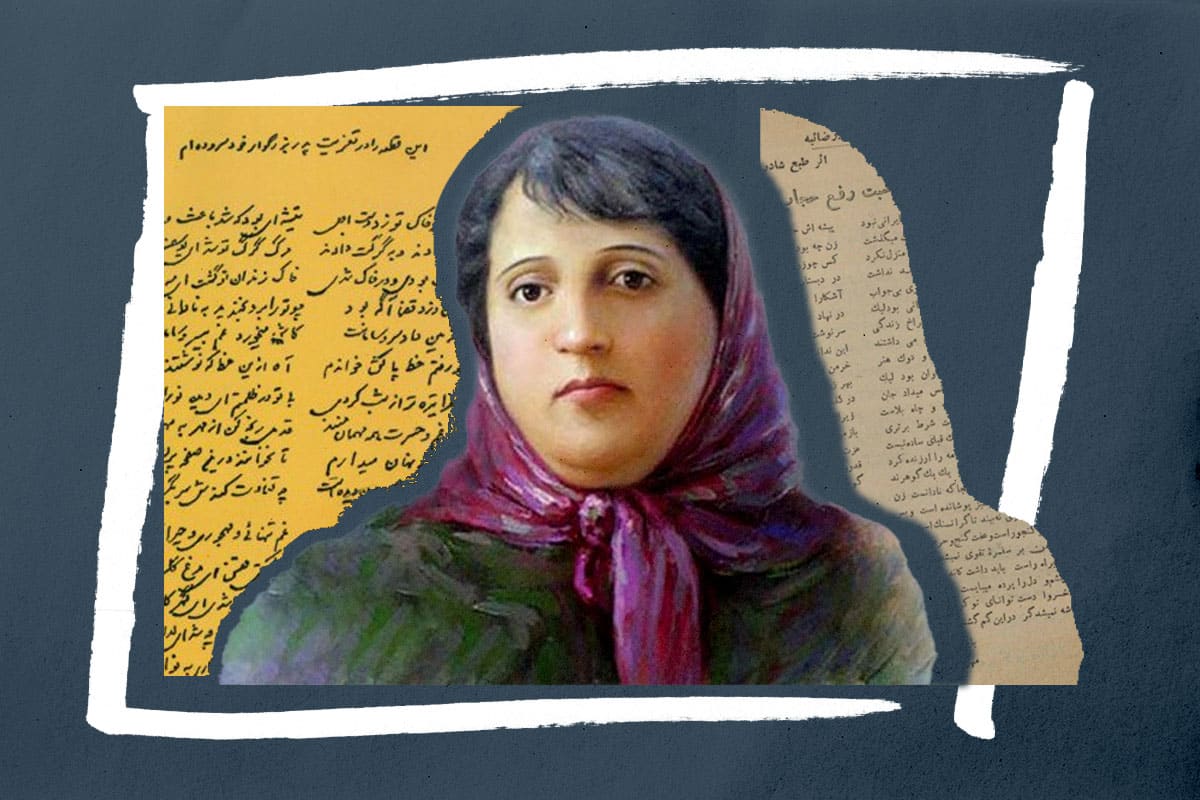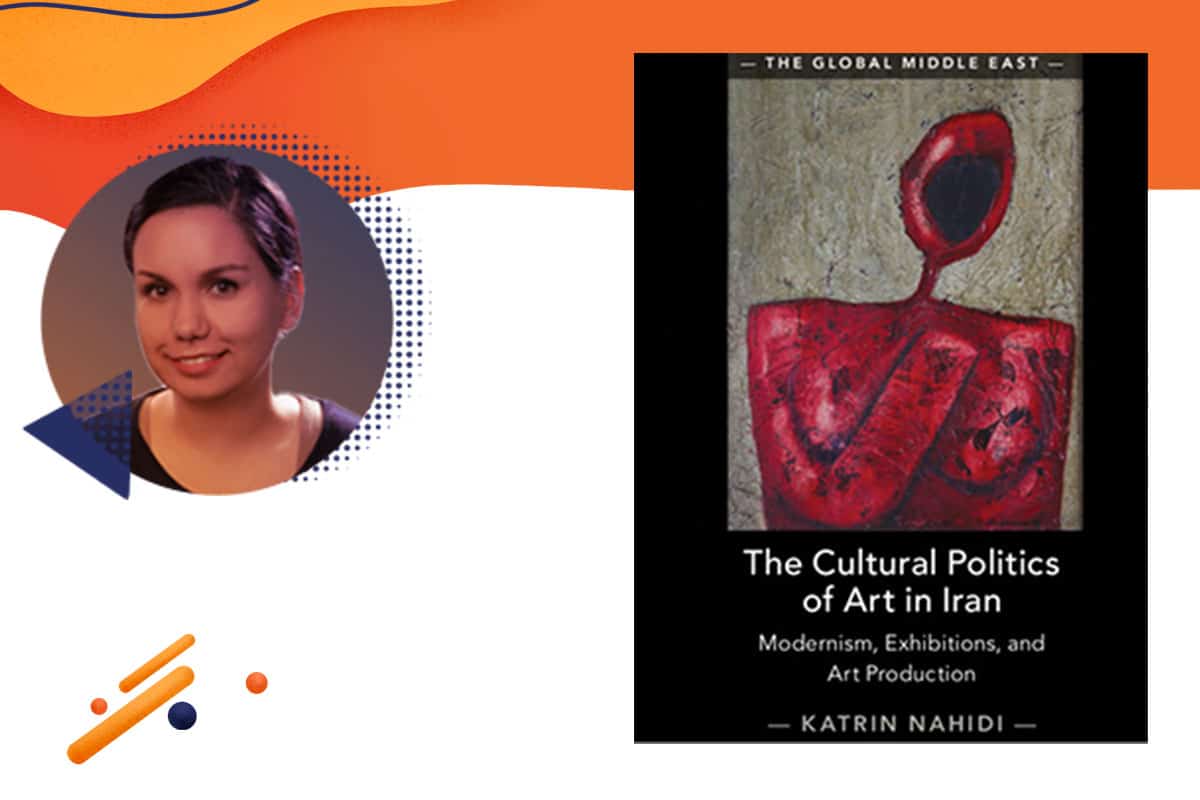In February of 1946, 6 years after Taghi Arani’s tragic death at the age of 37, over 15,000 people attended a memorial service at his grave. Socialites and professors rubbed shoulders with members of factory syndicates and trade unions in the crowd. Over 28 different political organizations were represented at the service. Despite his short life, Arani shaped the Iranian Left. He pushed back against a repressive state, promoting the principles of cosmopolitanism and Marxist materialism, which were largely unfamiliar to the Iranian people. His impact was substantial enough to inspire the formation of the Tudeh Party, which garnered a significant following that endured for several decades. By engaging with Arani’s beliefs and the steps he took to actualize them, Iranians can gain insight into the past aspirations of the Iranian Left, providing inspiration and guidance for the modern Leftist movement. 1
Taghi Arani was born in Tabriz on September 5, 1902, the son of a middle-ranking civil servant and the grandson of religious scholars. Upon finishing his primary education, he attended high school at Dar al-Fonun and completed two years at the School of Medicine. Afterward, in 1922, Arani traveled to Berlin to continue his education. He obtained his doctorate degree in chemistry from Friedrich Wilhelm University of Berlin in 1928 before returning to Iran less than a year later.
Berlin provided Arani with much more than a formal education, as the Radicalism of Weimar Berlin also cultivated his interest in Marxism, European socialism, and dialectical and materialist thinking. According to scholar Ali Mirsepassi, interwar Berlin was “the center of a compact Iranian intellectual diaspora.” Impassioned, Arani organized a discussion circle with other Iranian expatriates and helped found the Revolutionary Republican Party of Persia, a Marxist party that “opposed dictatorship and advocated republicanism.” In 1929, he left Berlin to spread Marxist ideas throughout Iran as a teacher, believing that it was possible to achieve political success in Iran via a politically conscious youth and collective action.
Arani Returns
However, Arani’s return occurred at a time when the country was under the strict rule of Reza Shah Pahlavi. The 1921 coup that brought the Shah into power “stifled intellectual dialogue and production in favor of a top-down ‘official’ nationalism dictated by the state and supported by a dependent group of nationalist intellectuals.” Furthermore, a 1931 law banned the spread of socialist and communist ideas within Iran. Yet, Arani was resolute in his conviction to introduce and popularize materialist and scientific thinking in Iran. Both in classes and at outside discussion groups, Arani analyzed pressing issues in Iranian society, taught dialectical methods, and encouraged those listening to delve into socialism. He organized a weekly gathering at his home where he and some of his colleagues led discussion groups examining socialist materials, diving into topics such as historical materialism and class struggle. This group came to be known as the “Arani Circle” and started publishing Donya, a Marxist journal that focused on scientific, technological, and cultural issues.
Donya’s Value
Donya became the first theoretical Marxist journal published in Iran. M. Reza Ghods argues that Arani and the other Donya founders decided that “the atmosphere of Reza Shah’s Iran required a newspaper that would attract people to Marxism and lay the foundations for a Marxist organization.” According to scholar Yadullah Shahibzadeh, Arani also hoped “that this theoretical foundation would equip young intellectuals with the tools they needed to analyze the historical condition and socio-economic and political situation to generate a new radical politics.” To circumvent the 1931 law banning the spread of socialist ideas, the journal did not outright promote Marxism. Rather, it used an “indirect philosophical and cultural approach” to lay the theoretical foundations of Marxism and historical materialism. Using tailored language, it advocated a “scientific materialist” worldview for Iran. Arani himself, in his leading article, asserted that the magazine would “use materialist principles to address scientific, industrial, social, and artistic issues” in order to clarify the historical role of science. Moreover, Arani sought to publish Donya using language that the broad masses would find accessible.
With this, Iranians were able to read about academic Marxism as it related to the social sciences for the first time. In addition to Arani, Iraj Eskandari, and Bozorg Alawi were also major contributors to the magazine. It also contained content by the likes of Sadegh Hedayat and Nima Yushij. Within Donya, Arani and his contributors illustrated their ambition for Iran, which Mirsepassi describes as a “forward-looking cosmopolitan vision for Iran’s future.” Despite the closed political environment in the country and the spread of Stalinist ideas throughout the Left, “in [a] pioneering fashion, Arani reinterpreted the democratic socialist traditions according to the needs and material reality of his country” and advocated for an inclusive and pluralistic Marxism.
Through Donya, Arani spread his ideas for the further development of democracy in Iran. Scholar Afshin Matin-Asgari described Arani’s epistemology within Donya as “positivist, his Marxism being a ‘unified field’ theory that fused history, politics, economics, laws, ethics, and religion into a single materialist philosophical frame, sustained by the methodology of physical science.” Matin-Asgari concluded that Donya’s most original innovation was its “application of Marxist class analysis to contemporary Iranian society.” Through spreading Marxist ideas across the population, and particularly among the youth, Arani believed it was possible to orient Iran toward a more democratic society. He asserted that “only abolition of the state, private property, and division of labor [could] regenerate the lost freedom, equality, and human dignity” and sought to spread these ideas not through a revolutionary party, but through spreading “socialist consciousness” by way of education. Due to the strict censorship of Reza Pahlavi, Donya provided a much-needed respite from the state-sanctioned journals, supplying progressive content that urged readers to ponder Iran’s place within a modernizing world. With this in mind, despite a small circulation and the publication of only 12 issues from February 1934 to June 1935, Donya still succeeded in leaving its mark upon the Iranian Left.
Working on the Ground
More than just a publication, Donya ultimately created a realm for intelligent discussion in Iran. The “Arani Circle” gathered at Arani’s home on Monday afternoons to discuss scientific, cultural, and political issues. Notable members of the group include socialist intellectual Khalil Maleki and playwright Abdolhossein Nushin. A “Provisional Central Committee” was also formed from the Donya group, with Arani as its secretary general. Its main goal was to develop an underground organization that could successfully operate under the brutal hand of Reza Shah. It established youth and student organizations that discussed Marxism and current affairs, participated in strikes, formed unions, and recruited and organized members. Arani was active within these groups, which were also heavily influenced by his “exceptional humanity” and his teaching skills.
Trial
In 1937, after a strike at the Tehran Technical College, Arani and 52 others known as the “Group of Fifty-Three” were arrested and accused of violating the 1931 law against the spread of communist and socialist ideas. Not only was this the first time in Iran’s history that such a large group was forced to go to a criminal trial based solely on their political beliefs, but this was also Iran’s first show trial. Arani gallantly defended himself at the trial, advocating for freedom of expression as a means of progression in Iran and correctly asserting that the trial would go down in history. Sentenced to 10 years of solitary confinement, Arani died sixteen months after the trial at just 37 years old. Yet, many regarded him as a martyr and his influence endured.
Beginning of the Tudeh Party
Matin-Asgari wrote that Donya proved “surprisingly prescient in its anticipation of Marxist hegemony in modern political culture.” Indeed, Arani just missed the broad and thriving radical environment that soon overtook a substantial portion of higher-class Iranians. During World War II, only two days after the abdication of Reza Shah, 27 of the more intellectual members of the Group of Fifty-Three were released from prison. This, in addition to the ideological groundwork previously laid by Arani, led to the emergence of a new communist party in Iran: the Tudeh party, which translates into English as the party of the masses. The Tudeh Party viewed Arani as their spiritual leader and, in his honor, they retained the name Donya to publish their official journal.
Arani, who spent his life dedicated to spreading Marxist ideals, would have been quite pleased by the Iranian intellectual scene that developed within the next few decades, lasting into the 1970s. The Tudeh Party filled its ranks with a variety of Iran’s elite, from professors to government employees. The Donya Circle itself had foreseen that these prominent individuals would be won over to socialism.
Arani’s Legacy
Whether through on-the-ground activism, personal relationships, or the publication of Donya, Arani left his mark on the Iranian left. Refusing to be bound by the “ideological strictures” of Soviet Marxism, Arani advocated for a radical cosmopolitan vision dedicated to the care of Iran’s people. As Iran continues to battle with conceptions and applications of modernity, Arani’s analysis and the lessons of Donya are more prescient than ever. The teachings of Taghi Arani remain as pertinent today as they were in 1934 and can be used as a basis for Iranians to reflect on the future of their country.
Sydney Martin is the Program Manager of the Iran 1400 Project. He received his BA in Middle Eastern Languages and Cultures from the University of Texas at Austin. Prior to joining the Iran 1400 Project, he studied in Tajikistan with a Fulbright-Hays scholarship and interned at the Atlantic Council's Rafik Hariri Center for the Middle East, as well as the Critical Threats Project.
-
Sydney Martinhttps://iran1400.org/author/sydney-martin/
-
Sydney Martinhttps://iran1400.org/author/sydney-martin/
-
Sydney Martinhttps://iran1400.org/author/sydney-martin/
-
Sydney Martinhttps://iran1400.org/author/sydney-martin/




